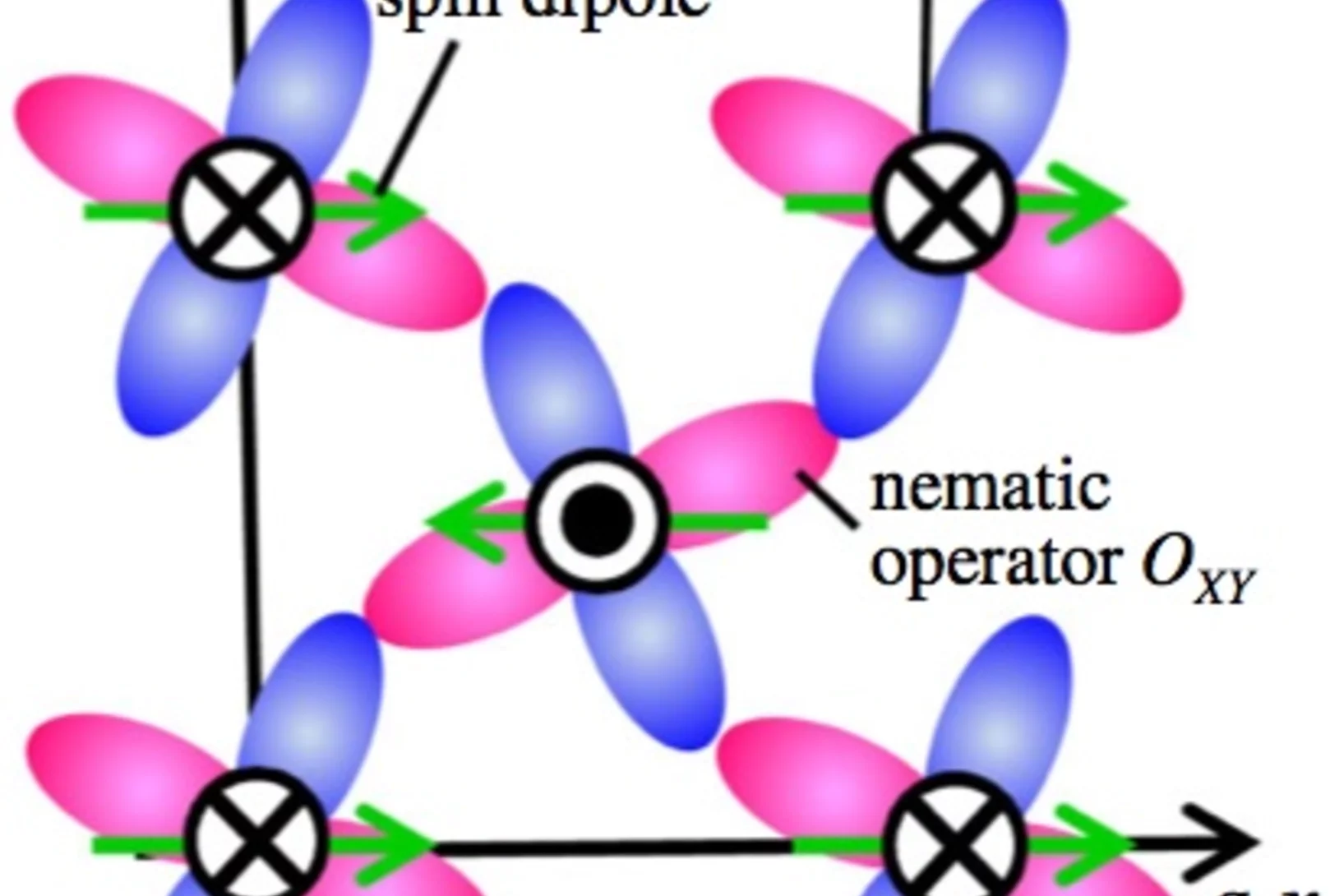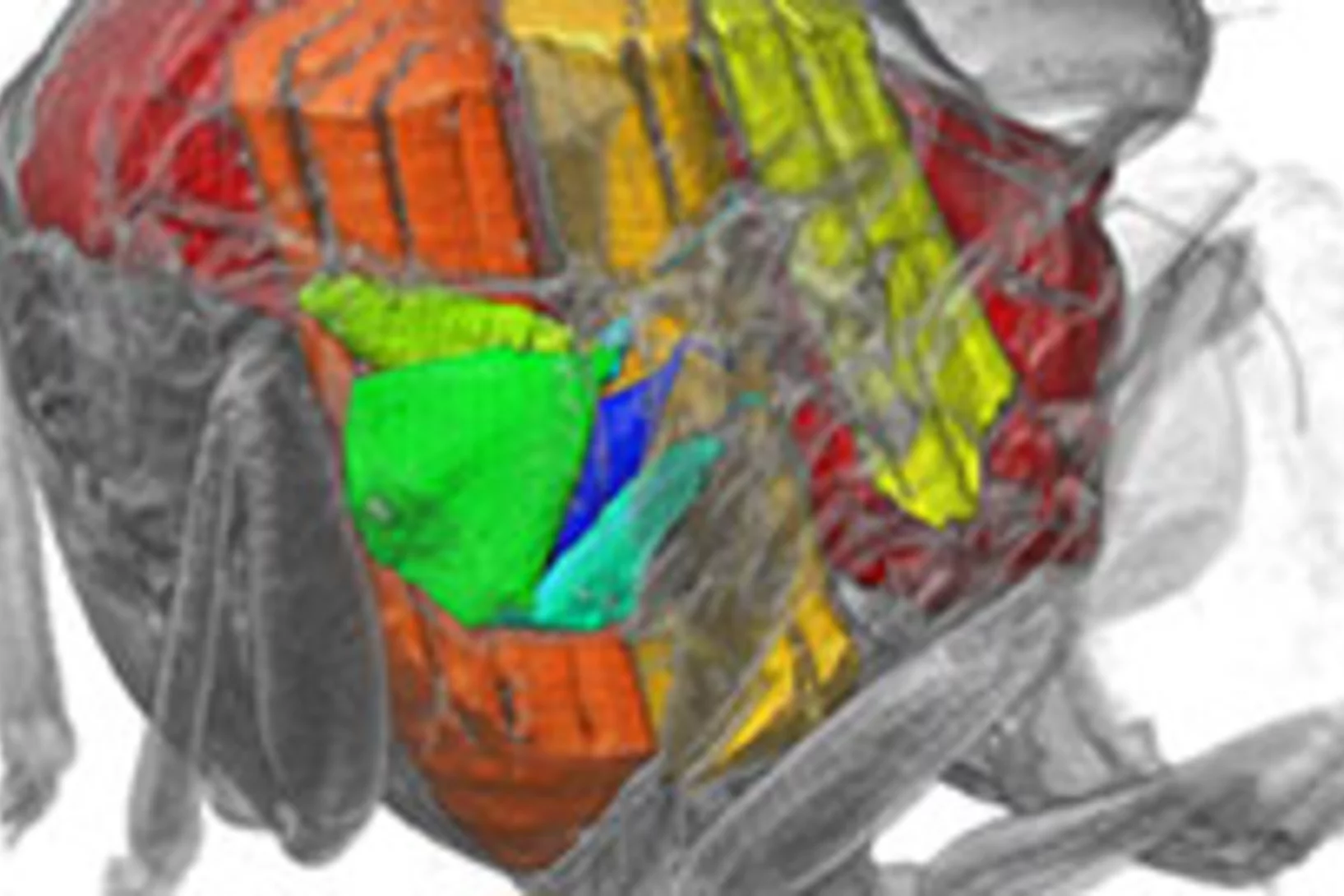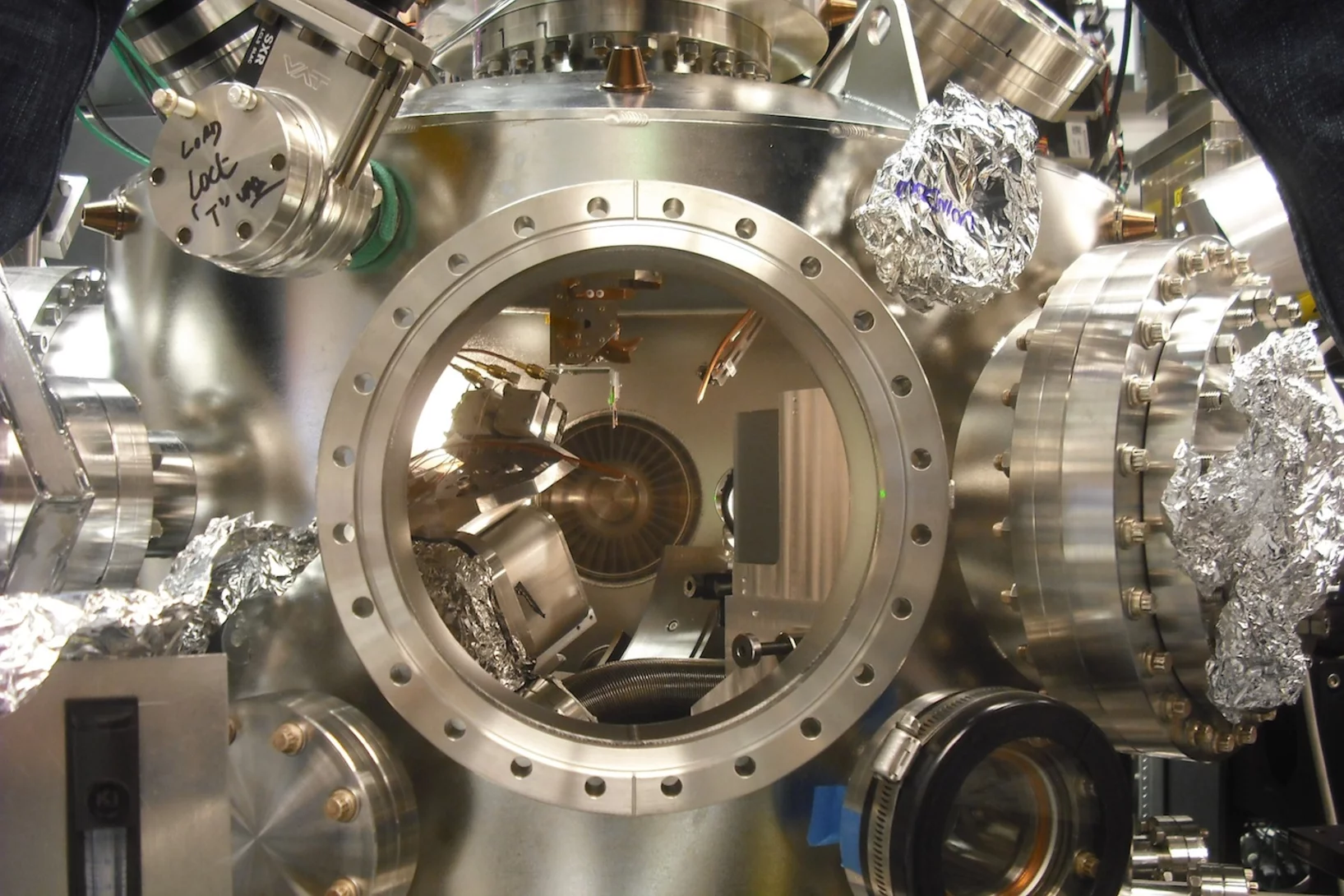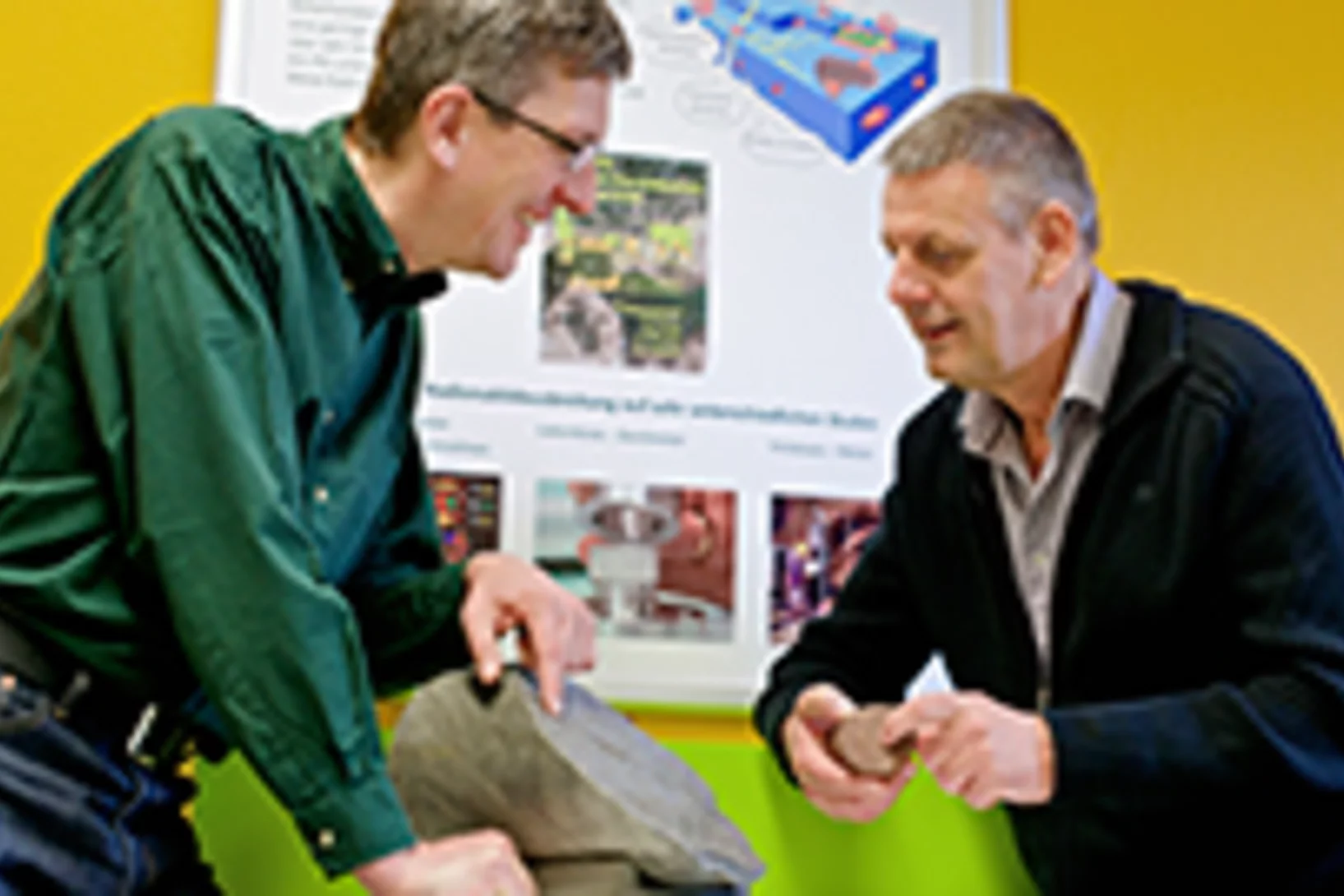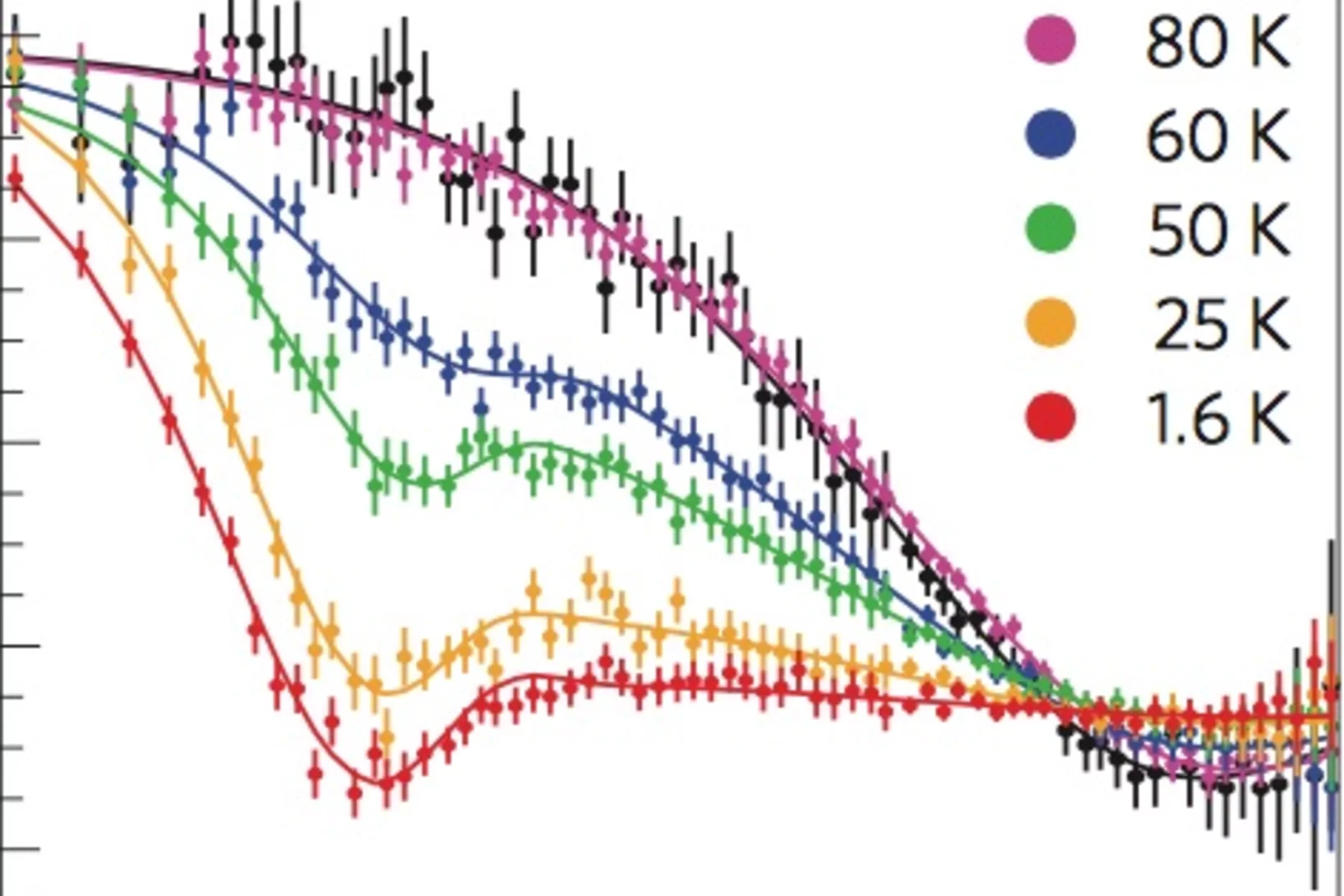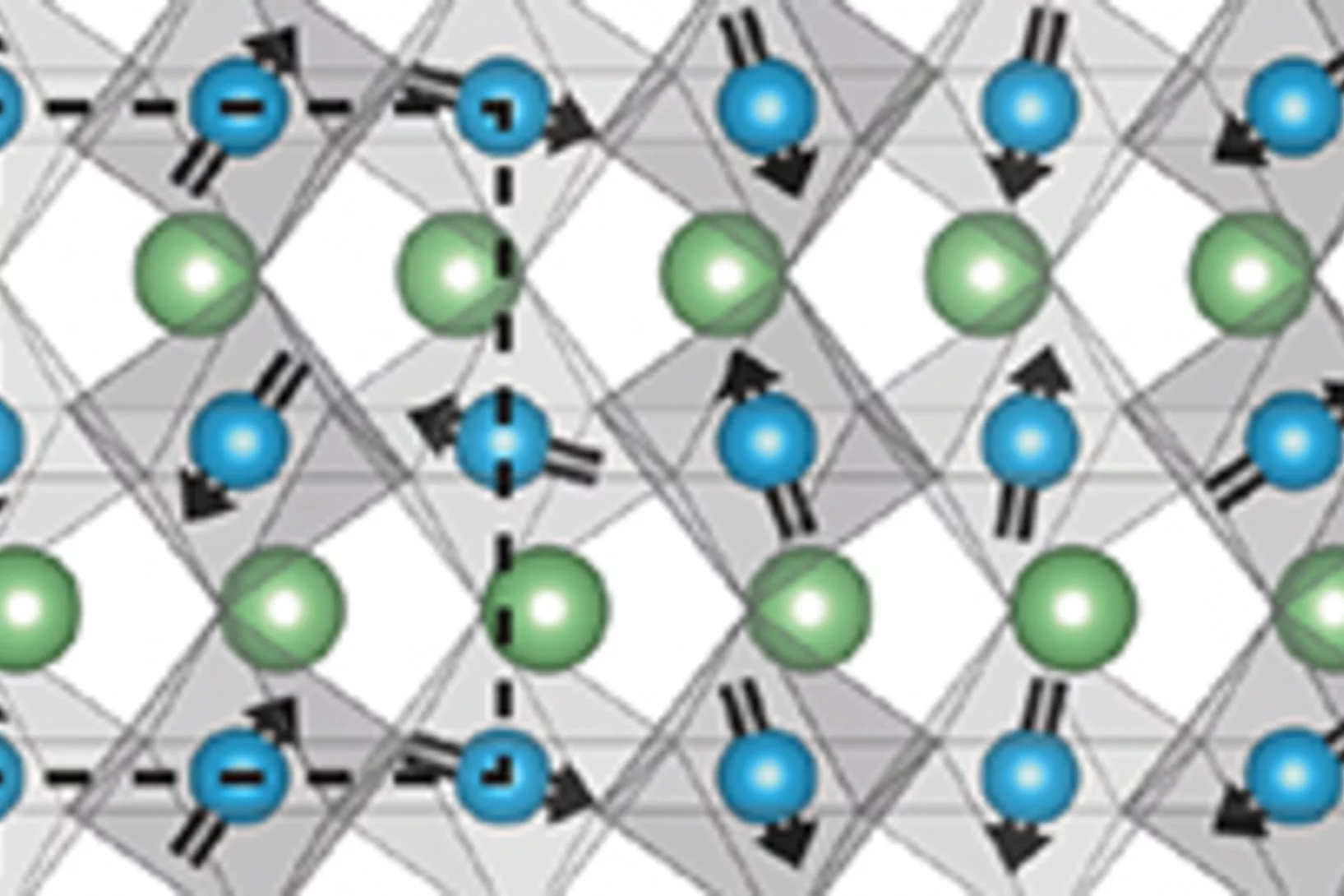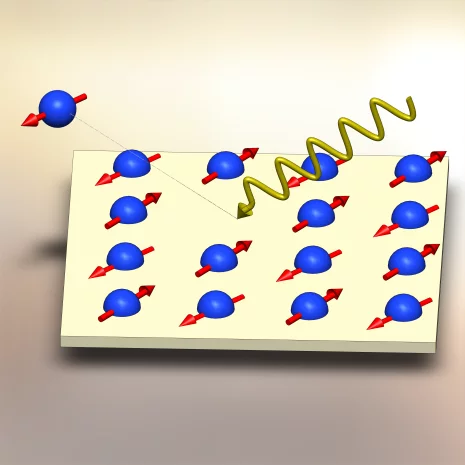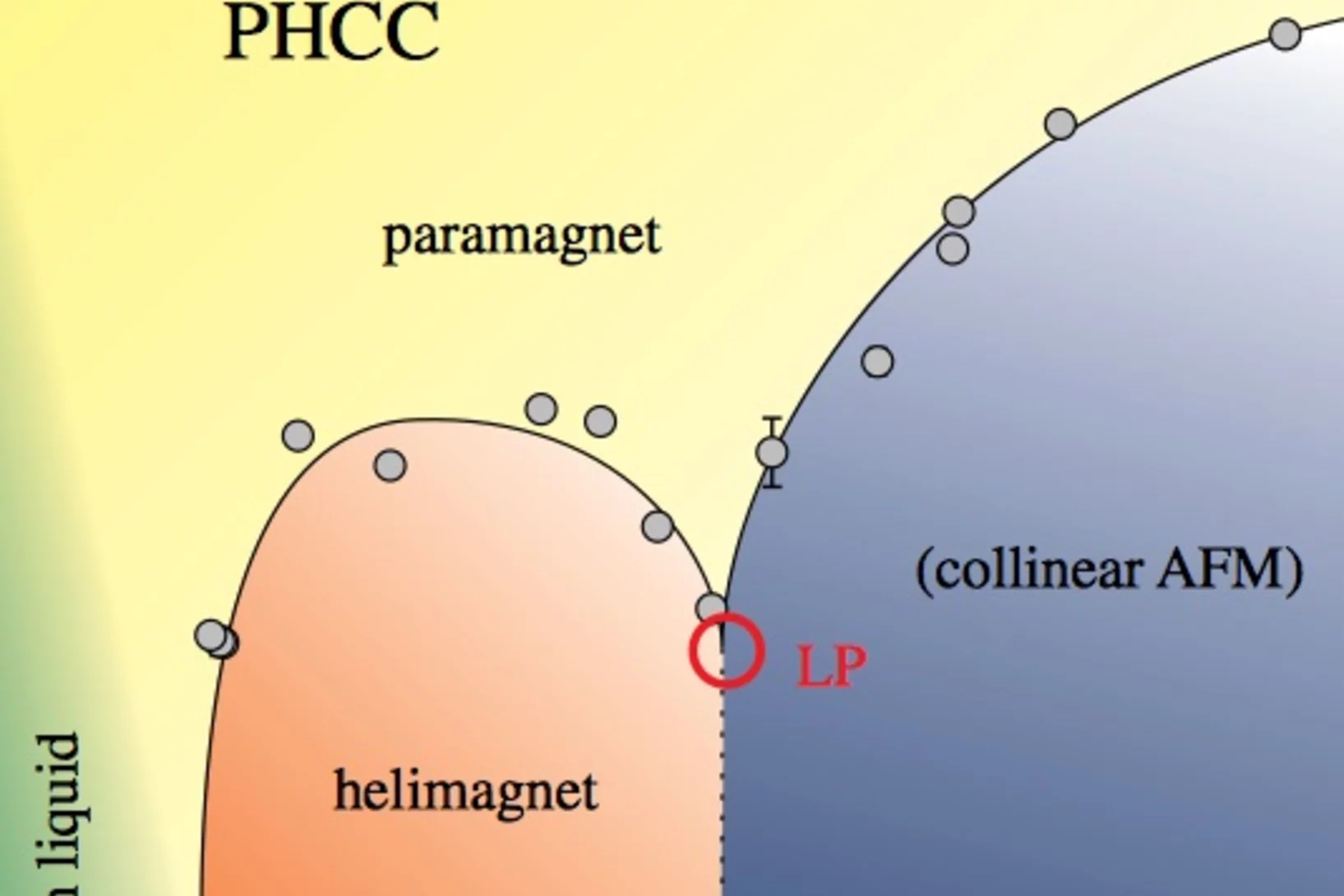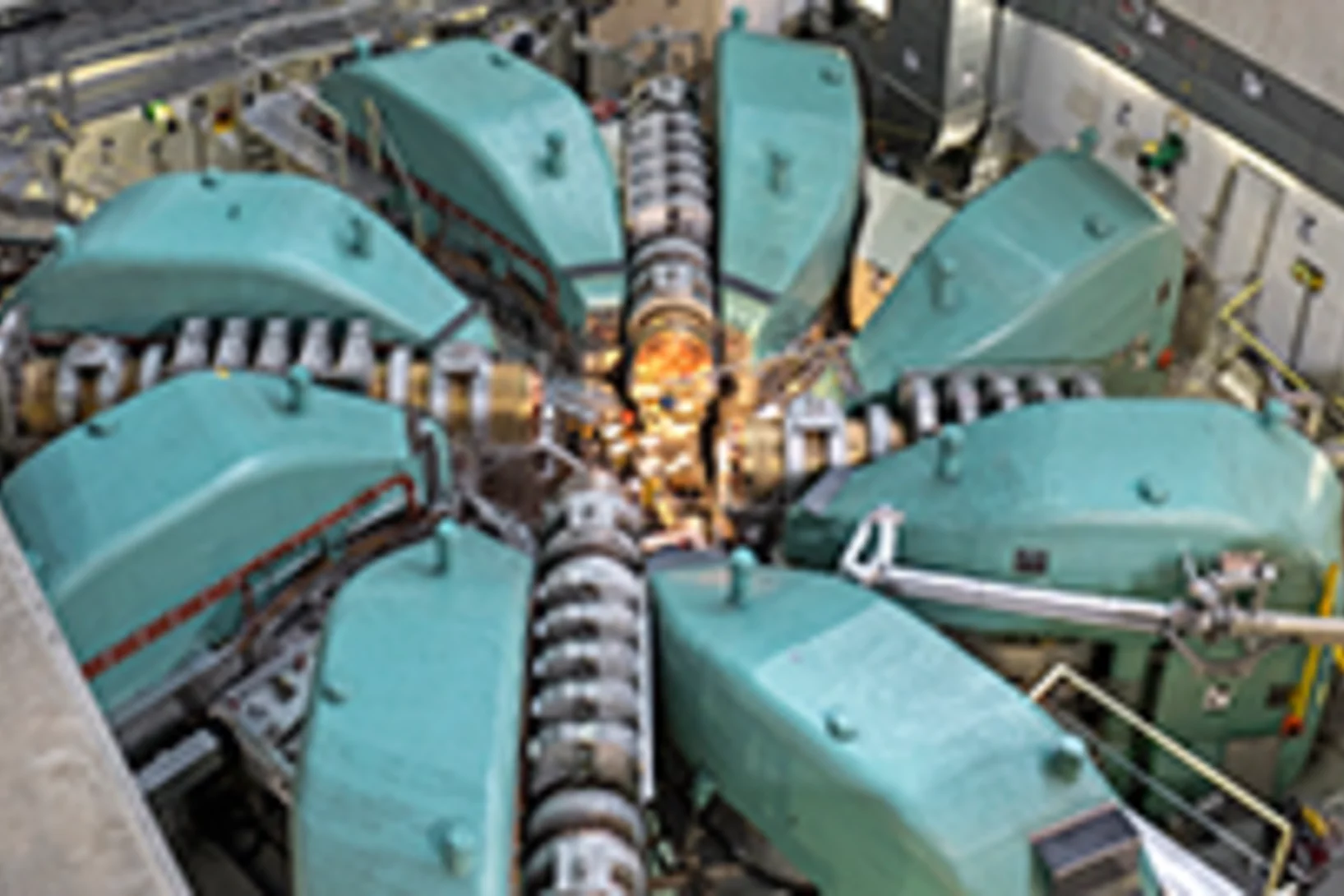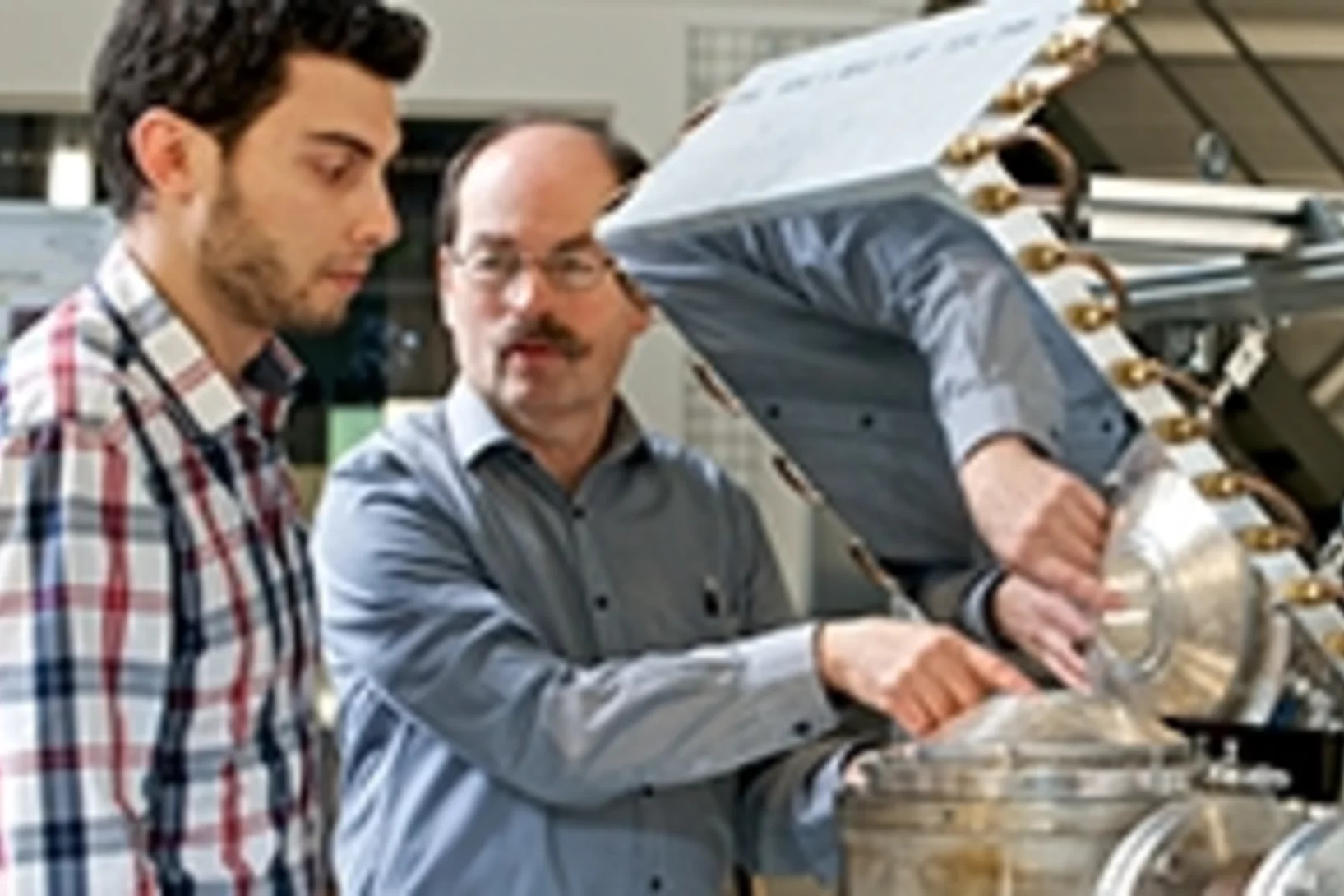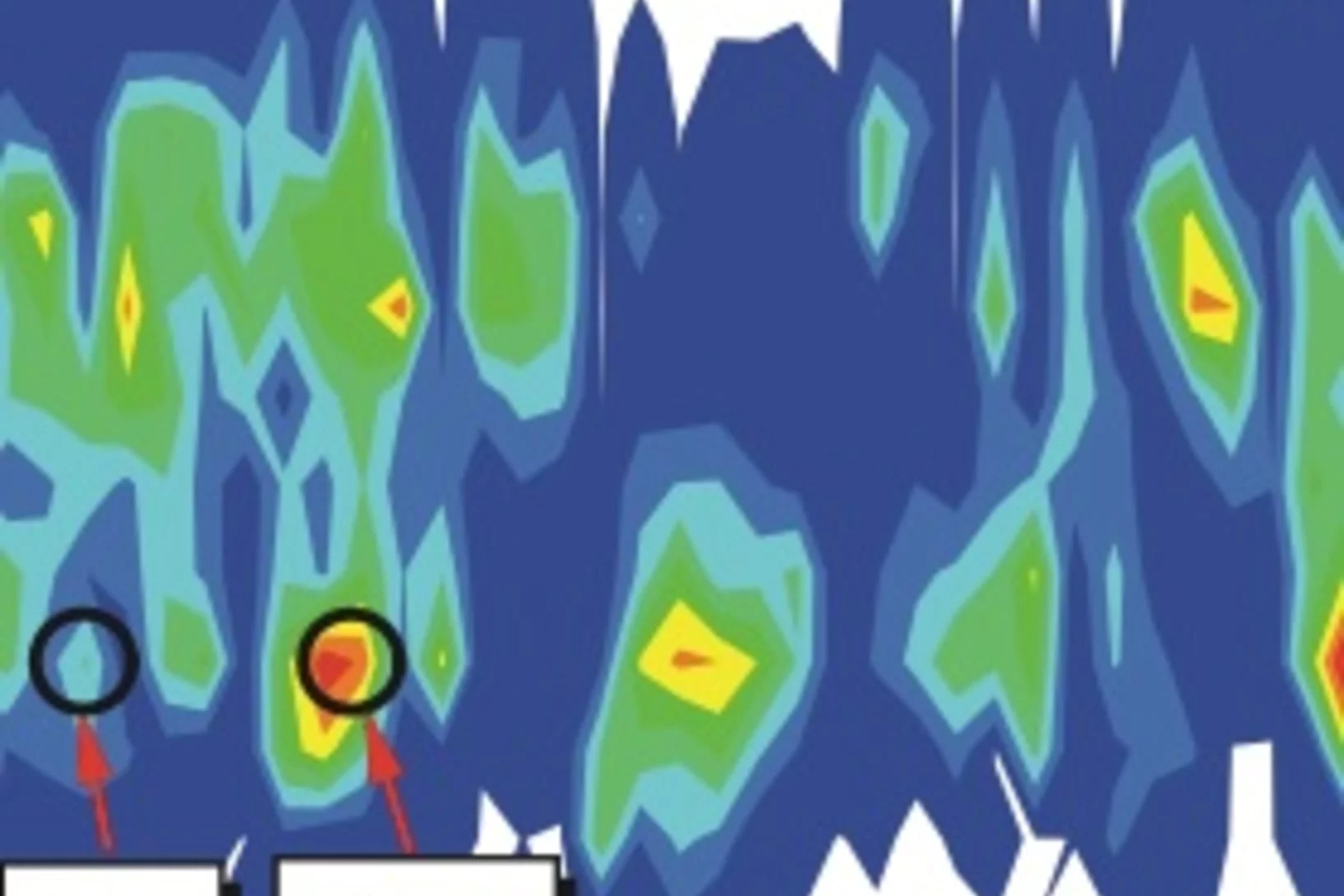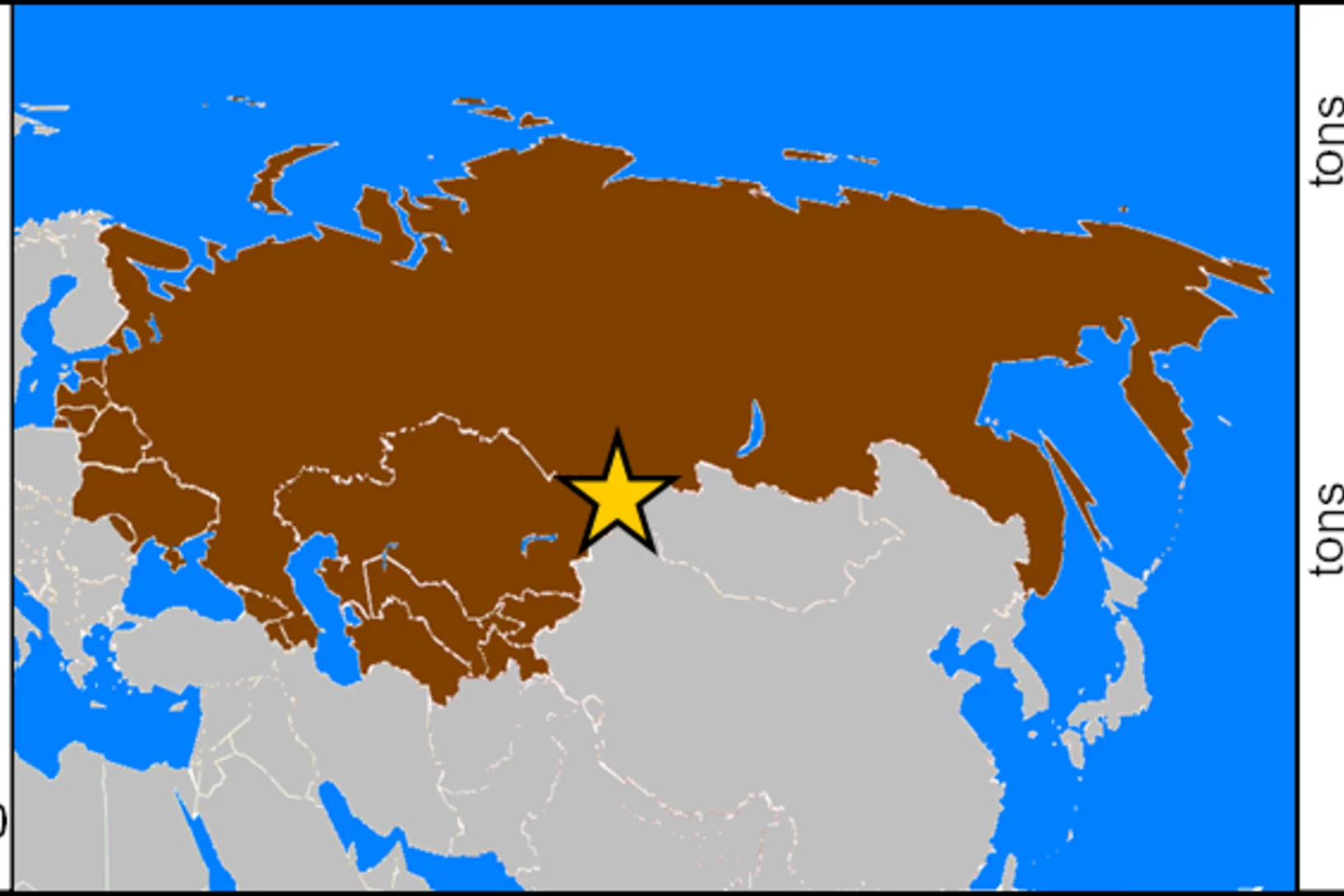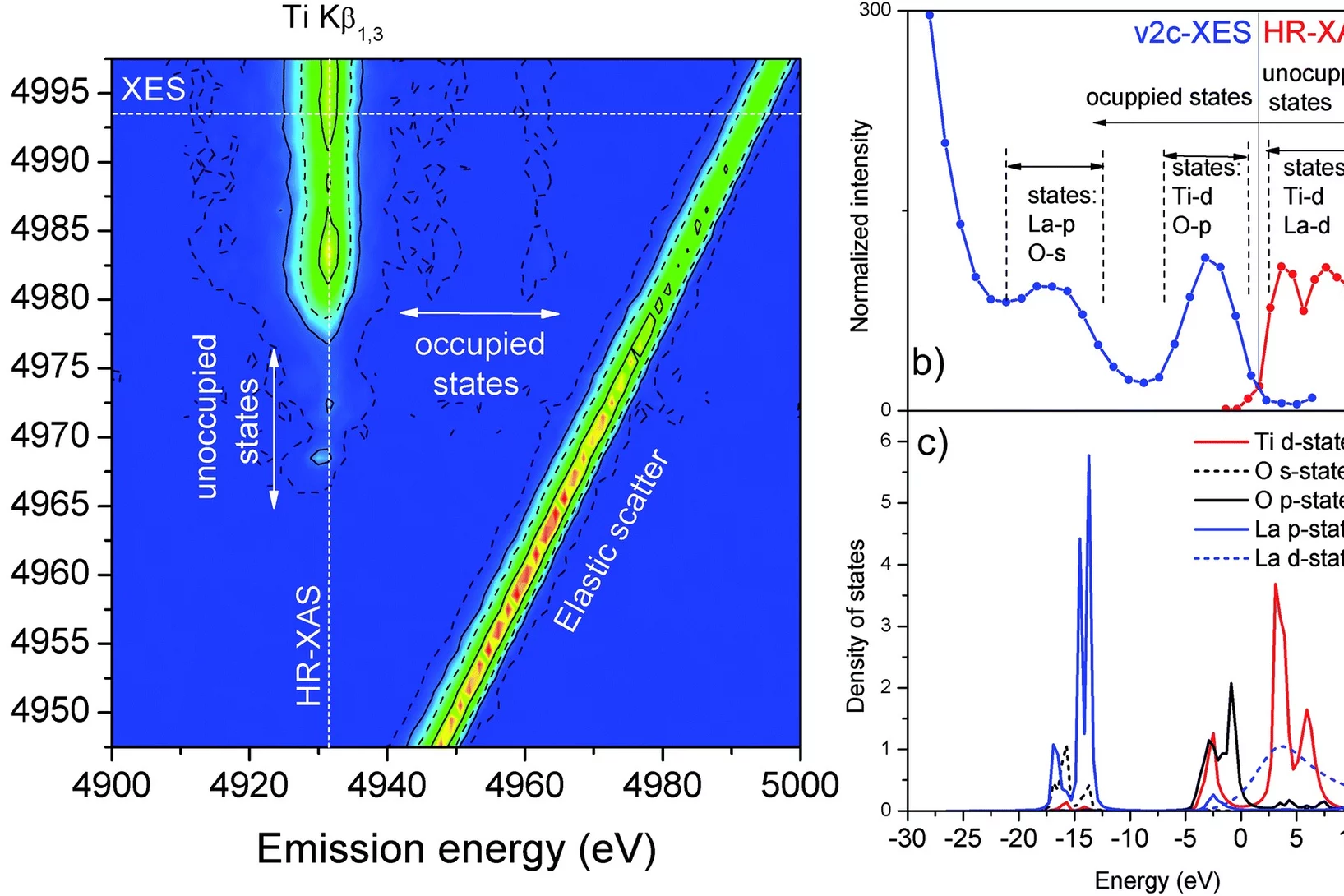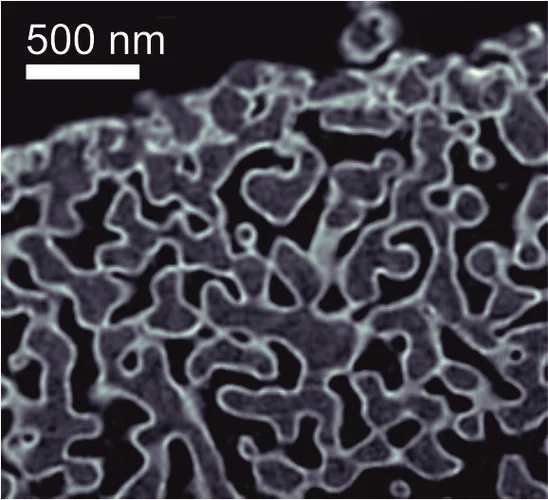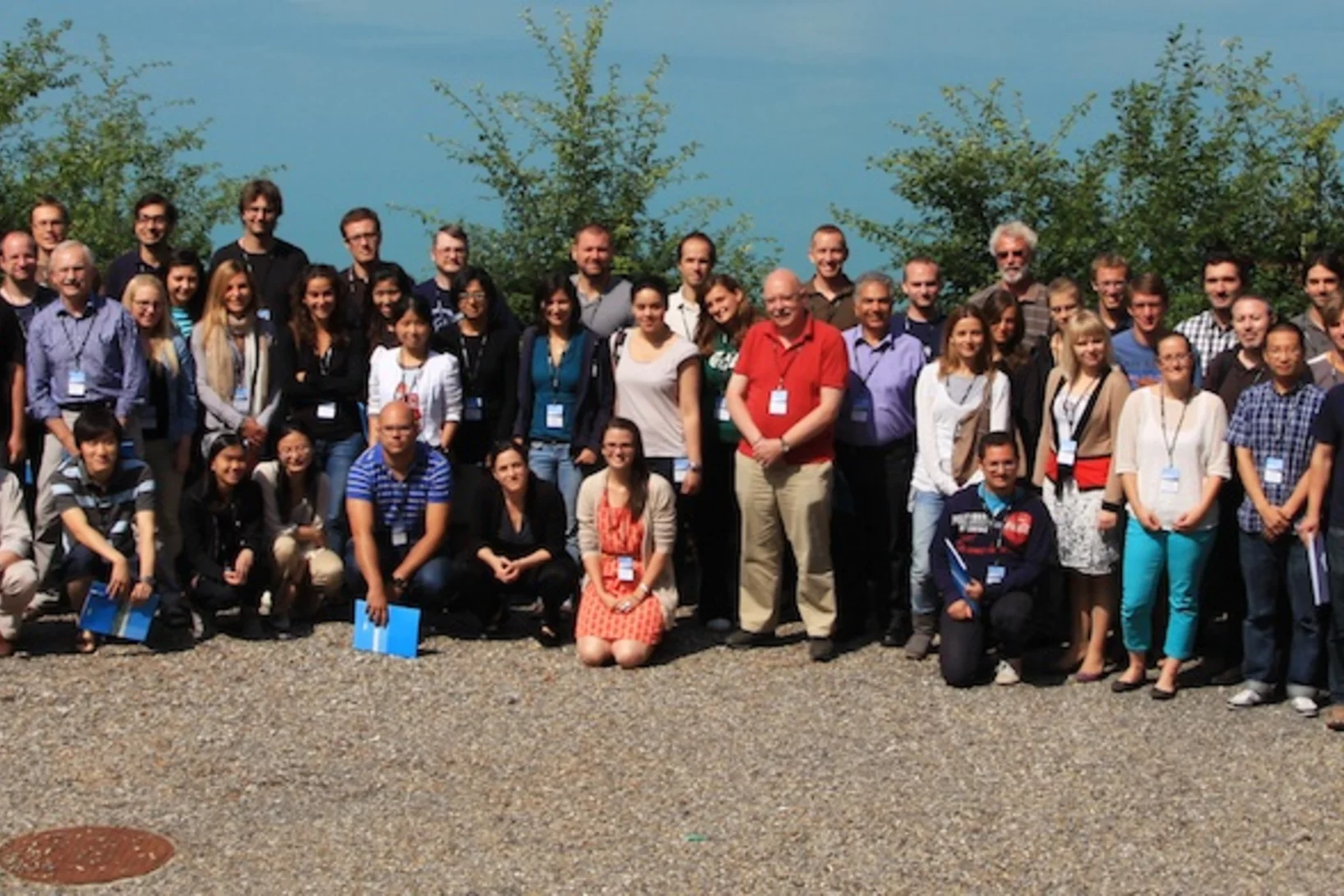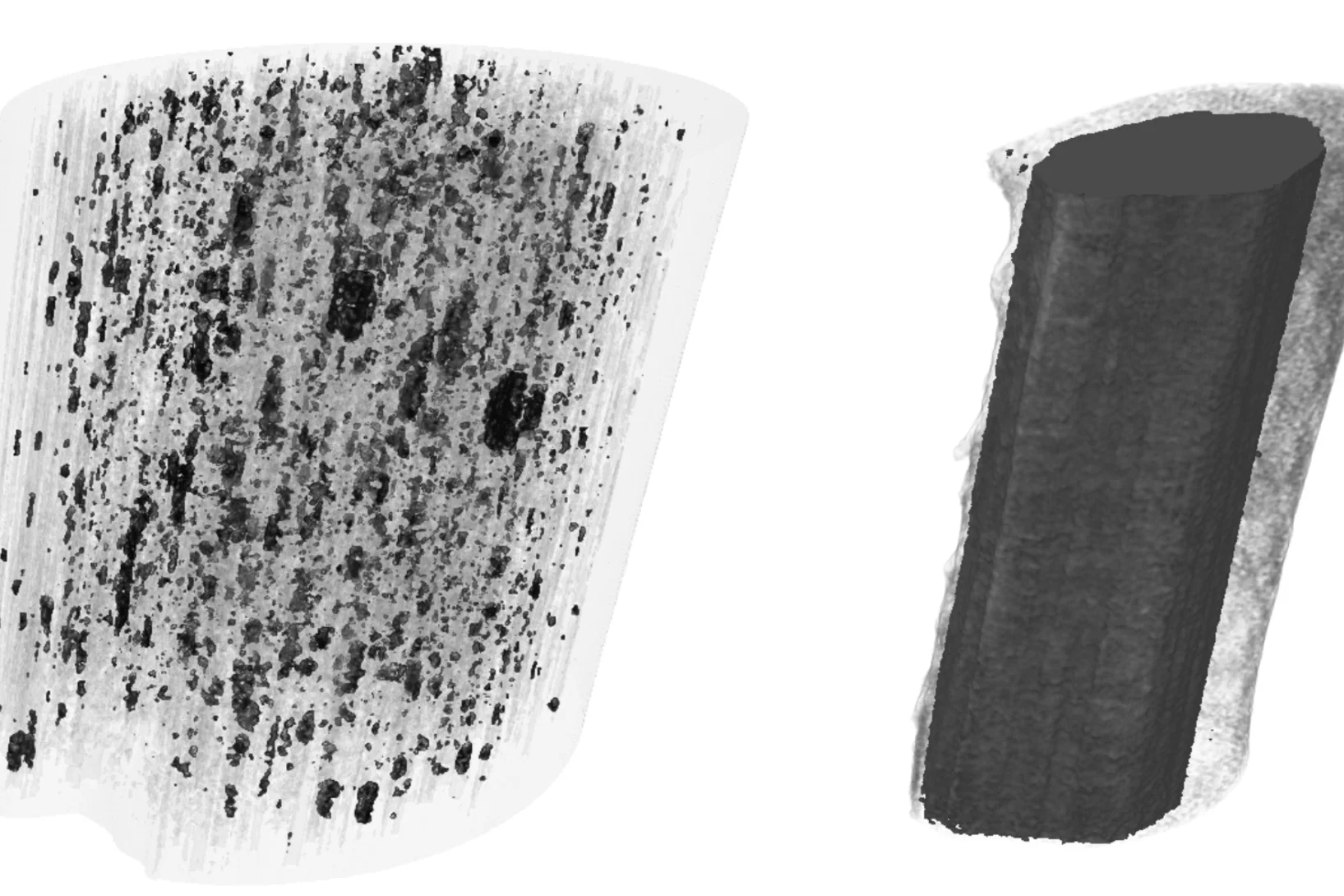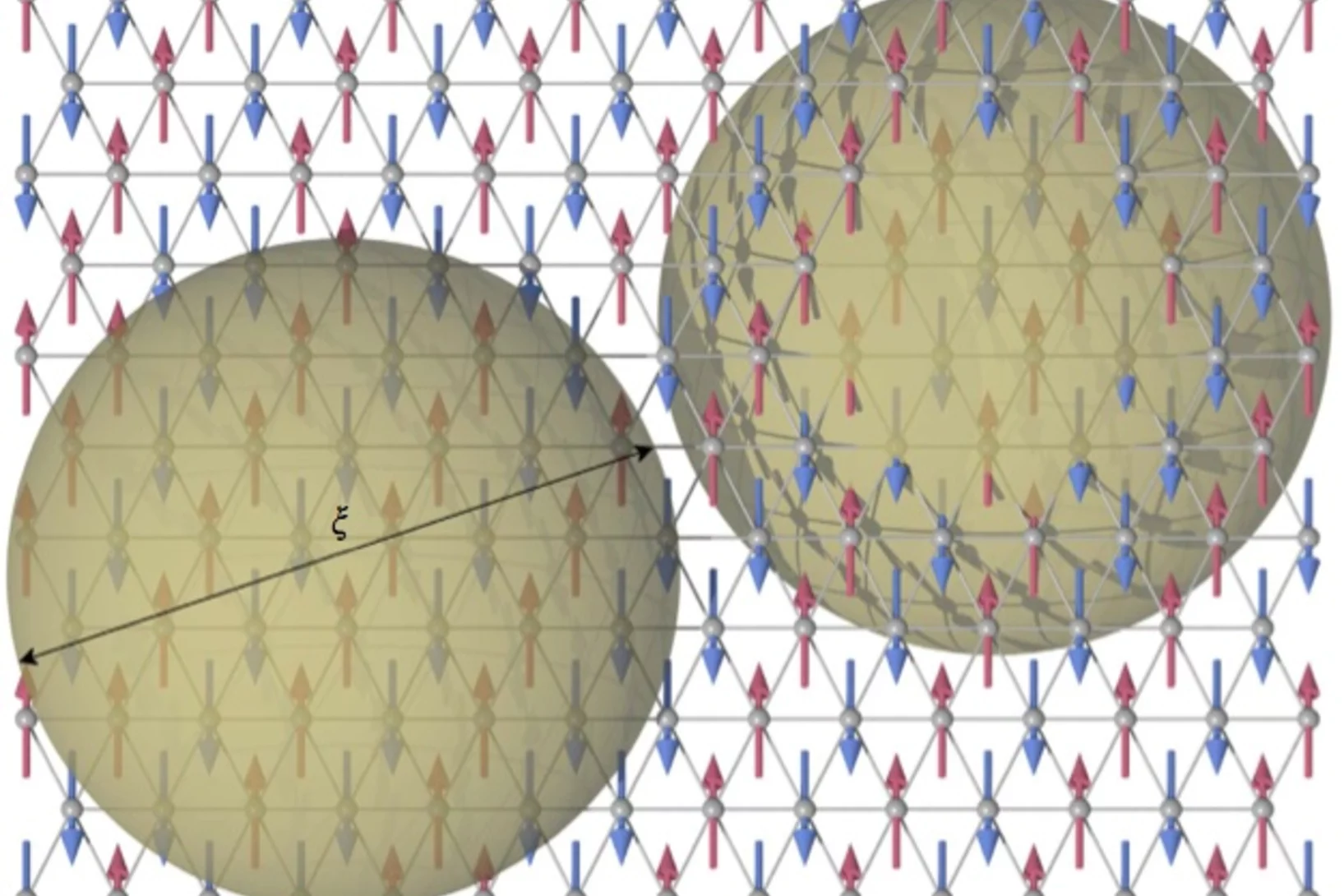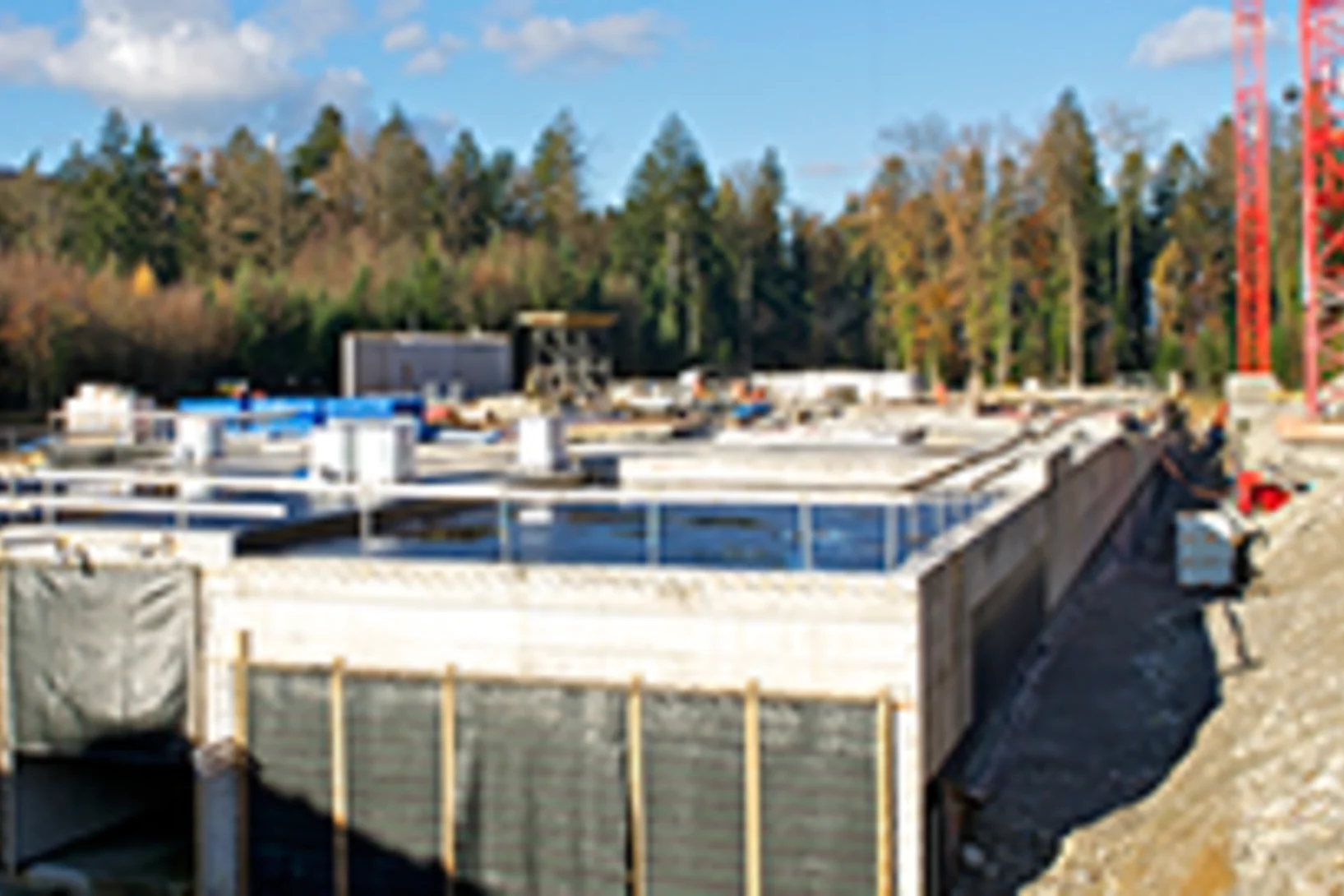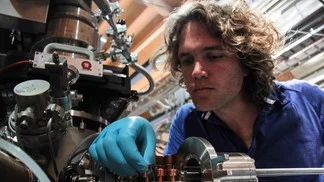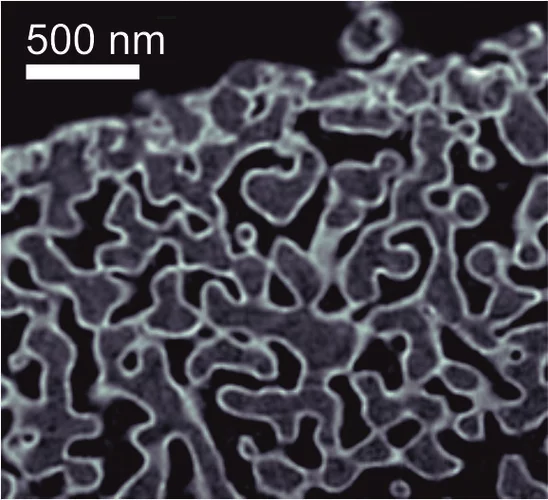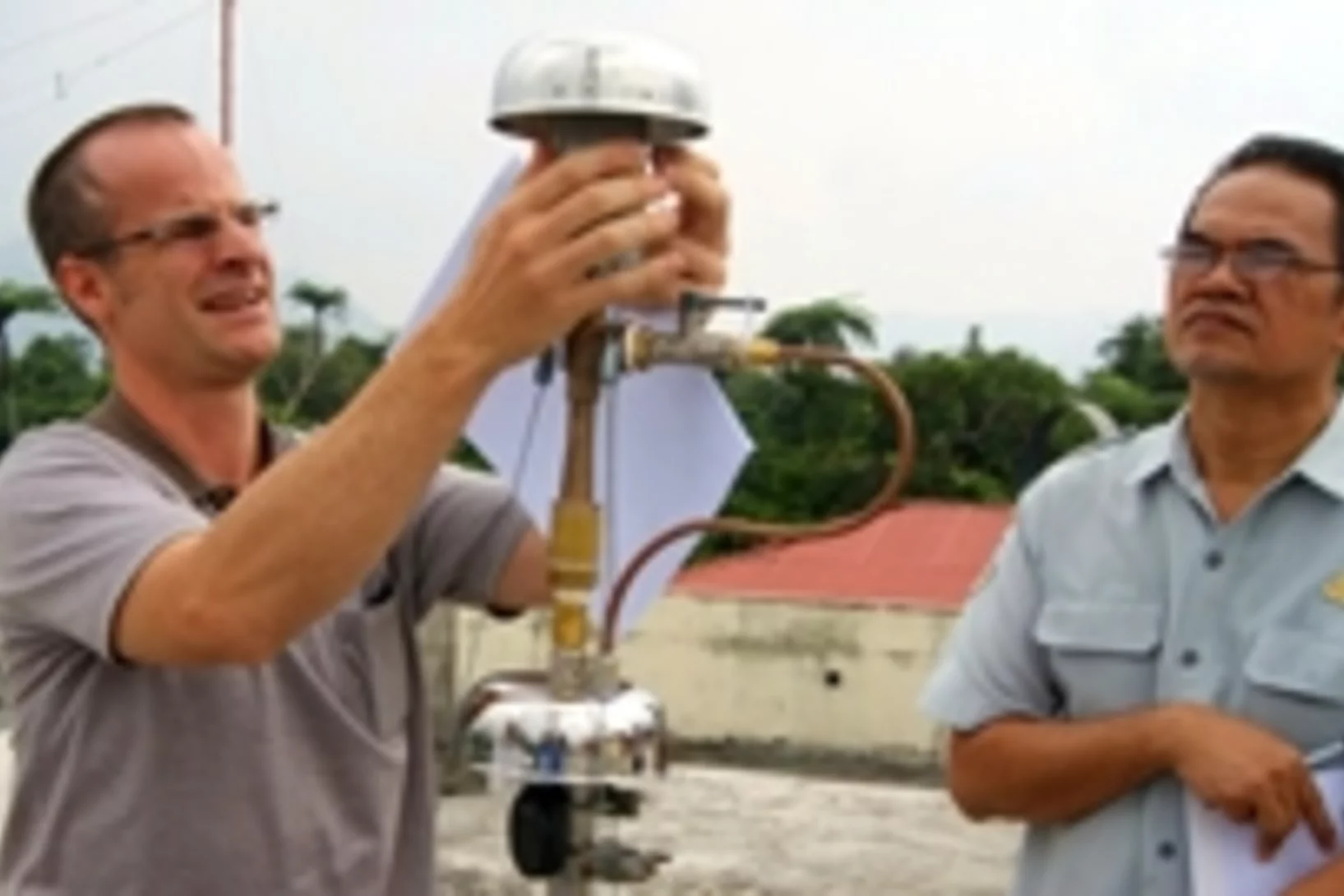Shifting away from nuclear energy, expanding solar and wind power, generating energy from biomass, reducing energy consumption. Switzerland is committed to becoming climate-neutral by 2050. An ambitious goal, which has become more urgent than ever due to the increasingly challenging geopolitical situation. How can a sustainable and resilient energy supply for Switzerland be established over the coming years? What's the optimal way to use renewable energy sources? What new technologies are especially promising? At PSI, researchers are seeking answers to these crucial questions.
Spin-Nematic Interaction in the Multiferroic Compound Ba2CoGe2O7
We demonstrate the existence of the spin-nematic interactions in an easy-plane type antiferromagnet Ba2CoGe2O7 by exploring the magnetic anisotropy and spin dynamics. The combination of neutron scattering and magnetic susceptibility measurements reveals that the origin of the in-plane anisotropy is an antiferro-type interaction of the spin-nematic operator. The relation between the nematic operator and the electric polarization in the ligand symmetry of this compound is presented. The introduction of the spin-nematic interaction is useful to understand the physics of spin and electric dipole in multiferroic compounds.
PSI-Feriencamp 2014
Suchen Sie für Ihr Kind ein spannendes Angebot während den Sommerferien? Möchten Sie in ihm die Neugier und Begeisterung für naturwissenschaftlich-technische Themen wecken? Die Berufsbildung und das Komitee für Chancengleichheit führt dieses Jahr zum achten Mal das PSI-Feriencamp durch!
X-rays film inside live flying insects – in 3D
Scientists have used a particle accelerator to obtain high-speed 3D X-ray visualizations of the flight muscles of flies. The team from Oxford University, Imperial College, and the Paul Scherrer Institute (PSI) developed a groundbreaking new CT scanning technique at the PSI’s Swiss Light Source to allow them to film inside live flying insects. The movies offer a glimpse into the inner workings of one of nature’s most complex mechanisms, showing that structural deformations are the key to understanding how a fly controls its wingbeat.
Hydride ions in oxide hosts hidden by hydroxide ions
The true oxidation state of formally ‘H?-’ ions incorporated in an oxide host is frequently discussed in connection with chemical shifts of 1H nuclear magnetic resonance spectroscopy, as they can exhibit values typically attributed to H+. Here we systematically investigate the link between geometrical structure and chemical shift of H- ?ions in an oxide host, mayenite, with a combination of experimental and ab initio approaches, in an attempt to resolve this issue.
Observed live with x-ray laser: Electricity controls magnetism
Researchers from the Paul Scherrer Institute PSI and ETH Zurich have now changed the magnetic arrangement in a material much faster than is possible with today’s hard drives. The researchers used a new technique where an electric field triggers these changes, in contrast to the magnetic fields commonly used in consumer devices.
Observed live with x-ray laser: electricity controls magnetism
Researchers from ETH Zurich and the Paul Scherrer Institute PSI demonstrate how the magnetic structure can be altered quickly in novel materials. The effect could be used in efficient hard drives of the future.
Clay remains clay: how radionuclides sorb to the host rock in repositories
Researchers from the Paul Scherrer Institute (PSI) and the Hungarian Academy of Sciences joined forces within an EU project to investigate the basic properties of argillaceous rocks in a repository for high-level radioactive waste. As the results reveal, the insights gained so far for Opalinus Clay can be transferred also to the Boda Clay found in Hungary.
Interactive media table on SwissFEL
In 2016, SwissFEL at the Paul Scherrer Institute PSI will go on-line. In the visitors` centre psi forum, the new large research facility can already be explored today. An interactive media table will accompany SwissFEL from the construction phase, through commissioning, up to regular operation.
Bipartite magnetic parent phases in the iron oxypnictide superconductor
High-temperature superconductivity appears as a consequence of doping charge carriers into an undoped parent compound exhibiting antiferromagnetic order; therefore, ground-state properties of the parent compound are highly relevant to the superconducting state. On the basis of this logic, spin fluctuations have been considered as the origin of pairing of the superconducting electrons in the cuprates.
Direct Observation of Magnetic Metastability in Individual Iron Nanoparticles
Studying the magnetization of individual iron (Fe) nanoparticles by magnetic spectromicroscopy reveals that superparamagnetic (SPM) and ferromagnetic blocked (FM) nanoparticles can coexist in the investigated size range of 8-20 nm.
Measuring the ecological footprint
With ecoinvent, the Paul Scherrer Institute and its partners at ETH Zurich, ETH Lausanne, Empa and Agroscope have been running the world’s leading database for life cycle inventories for over ten years. The latest ecoinvent version 3 collects new data in areas such as electricity generation, agriculture, transport, mining and chemicals. In the power sector, which is significant for life cycle assessments, the database now covers over 80 per cent of the global production. And technology that has not been considered thus far such as enhanced geothermal systems is to be included in ecoinvent from now on. The result is more accurate ecological assessments of products and services
Observed live with x-ray laser: electricity controls magnetism
Researchers from ETH Zurich and the Paul Scherrer Institute PSI demonstrate how the magnetic structure can be altered quickly in novel materials. The effect could be used in efficient hard drives of the future.
Comprehensive study of the spin-charge interplay in antiferromagnetic La2-xSrxCuO4
The origin of the pseudogap and its relationship with superconductivity in the cuprates remains vague. In particular, the interplay between the pseudogap and magnetism is mysterious. Recent low-temperature angle-resolved photoemission spectroscopy (ARPES) experiments on the underdoped cuprate superconductors indicate the presence of a fully gapped Fermi surface (FS); even in the antiferromagnetic phase.
Pressure-Induced Quantum Critical and Multicritical Points in a Frustrated Spin Liquid
The quantum spin-liquid compound (C4H12N2)Cu2Cl6 is studied by muon spin relaxation under hydrostatic pressures up to 23.6 kbar. At low temperatures, pressure-induced incommensurate magnetic order is detected beyond a quantum critical point at Pc ∼ 4.3 kbar. An additional phase transition to a different ordered phase is observed at P1 ∼ 13.4 kbar. The data indicate that the high-pressure phase may be a commensurate one. The established (P-T) phase diagram reveals the corresponding pressure-induced multicritical point at P1, T1 = 2.0 K.
The proton accelerator at the Paul Scherrer Institute: forty years of top-flight research
Materials research, particle physics, molecular biology, archaeology à for the last forty years, the Paul Scherrer Institute’s large-scale proton accelerator has made top-flight research possible in a number of different fields.
Producing pure recycling zinc with concentrated solar energy
Researchers from the Paul Scherrer Institute (PSI) have showcased a solar-thermal method for extracting zinc oxide, a technologically important reusable material, from zink recycling products under laboratory conditions. The solar product’s purity level exceeds that obtained via the industrially established route
Strong Meissner screening change in superconducting radio frequency cavities due to mild baking
We investigate 'hot' regions with anomalous high field dissipation in bulk niobium superconducting radio frequency cavities for particle accelerators by using low energy muon spin rotation (LE-μSR) on corresponding cavity cutouts. We demonstrate that superconducting properties at the hot region are well described by the non-local Pippard/BCS model for niobium in the clean limit with a London penetration depth λL=23+/-2 nm . In contrast, a cutout sample from the 120C baked cavity shows a much larger λ>100nm and a depth dependent mean free path, likely due to gradient in vacancy concentration. We suggest that these vacancies can efficiently trap hydrogen and hence prevent the formation of hydrides responsible for rf losses in hot regions.
The art of tailor-made engineering
Preventing SwissFEL electrons from going astrayCost-effective and with a minimal error rate àPSI-engineers from the power electronics section have set ambitious goals for the SwissFEL magnet power supplies.
Ice-core based assessment of historical anthropogenic heavy metal (Cd, Cu, Sb, Zn) emissions in the Soviet Union
The development of strategies and policies aiming at the reduction of environmental exposure to air pollution requires the assessment of historical emissions. Although anthropogenic emissions from the extended territory of the Soviet Union (SU) considerably influenced concentrations of heavy metals in the Northern Hemisphere, Pb is the only metal with long-term historical emission estimates for this region available, whereas for selected other metals only single values exist.
Determination of conduction and valence band electronic structure of La2Ti2O7 thin film
The electronic structure of a La2Ti2O7-layered perovskite thin film was determined by resonant inelastic X-ray scattering (RIXS) measurements and FEFF calculations. It was found that the empty Ti and La d-band states dominate the conduction band of the structure, whereas the top edge of the valence band is mainly composed of filled O-p states. Furthermore, there is a pronounced overlap between occupied La-p states and O-s states, which are located deeper in the valence band.
Arousing their natural curiosity
Interview with Beat Henrich.Physicist Beat Henrich is head of the iLab, the lab school at the Paul Scherrer Institute. In an interview, he explains how he gets young people interested in physics.
Physics on the lattice: Understanding flow processes at small scales
The Lattice-Boltzmann Method was developed in the early 1990s as a calculation approach to solve the Boltzmann equation numerically, i.e. with the aid of computers. Researchers from the Paul Scherrer Institute PSI have now extended the Lattice-Boltzmann Method’s field of application with a new model that is able to describe more complex processes.Their work opens a window to more realistic computer simulations of many complex technical processes. Applications are expected in the microporous structures of most technical catalysts, diesel particle filters, combustion microreactors or fuel cells
X-ray tomography reaches 16 nm isotropic 3D resolution
Researchers at PSI reported a demonstration of X-ray tomography with an unmatched isotropic 3D resolution of 16 nm in Scientific Reports. The measurement was performed at the cSAXS beamline at the Swiss Light Source using a prototype instrument of the OMNY (tOMography Nano crYo) project. Whereas this prototype measures at room temperature and atmospheric pressure, the OMNY system, to be commissioned later this year, will provide a cryogenic sample environment in ultra-high vacuum without compromising imaging capabilities. The researchers believe that such a combination of advanced imaging with state-of-the-art instrumentation is a promising path to fill the resolution gap between electron microscopy and X-ray imaging, also in case of radiation-sensitive materials such as polymer structures and biological systems.
PSI summer school 2014
The PSI summer school 2014 on Condensed Matter Research will be organized at the Institut Montana in Zug, Switzerland from August 9-15, 2014. The topic of the school will be 'Exploring time, energy and length scales in condensed matter' and the school will be followed by hands-on practical training at the PSI large user facilities SINQ, SμS and SLS. Online registration and detailed information is available from the school's webpage.
Unique insight into carbon fibers on the nanoscale
Novel carbon materials are promising candidates for light and robust low-cost materials of the future. Understanding their mechanical properties benefits from highly resolved three-dimensional (3D) maps of their porosity and density fluctuations in uninterrupted representative volumes, but these are difficult to obtain with conventional imaging methods.
Frustration-induced nanometre-scale inhomogeneity in a triangular antiferromagnet
Phase inhomogeneity of otherwise chemically homogenous electronic systems is an essential ingredient leading to fascinating functional properties, such as high-Tc superconductivity in cuprates, colossal magnetoresistance in manganites and giant electrostriction in relaxors. In these materials distinct phases compete and can coexist owing to intertwined ordered parameters. Charge degrees of freedom play a fundamental role, although phase-separated ground states have been envisioned theoretically also for pure spin systems with geometrical frustration that serves as a source of phase competition.
High-tech right up to the roof
The construction work in the woods is well underway: the building for SwissFEL, the Paul Scherrer Institute’s new large research facility, is due for completion by the end of 2014. The demands on the building are high: It needs to ensure that the sensitive equipment can run smoothly.
Spintronics: deciphering a material for future electronics
Topological insulators are the key to future spintronics technologies. EPFL scientists have unraveled how these strange materials work, overcoming one of the biggest obstacles on the way to next-generation applications.Read the full story
X-ray tomography reaches 16 nm isotropic 3D resolution
Tomographic microscopy has become an invaluable imaging method in both life and materials sciences. Oftentimes, high resolving power is required simultaneously with the ability to characterize large, statistically representative sample volumes. To this task, researchers at the Paul Scherrer Institut have established ptychographic computed tomography.
Aerosol measurements: PSI researchers help to close regional gaps around the globe
Aerosols are small particles in the atmosphere. They can influence the global climate by way of direct absorption or scattering of solar radiation, or by acting as nuclei for cloud formation. Efforts by scientists to exactly quantify these effects and then improve climate models are impeded by the lack of a global network of aerosol measurement stations. To remedy this situation, researchers at the Paul Scherrer Institute to facilitate continuous aerosol measurements at sites where the paucity of data is the greatest.

